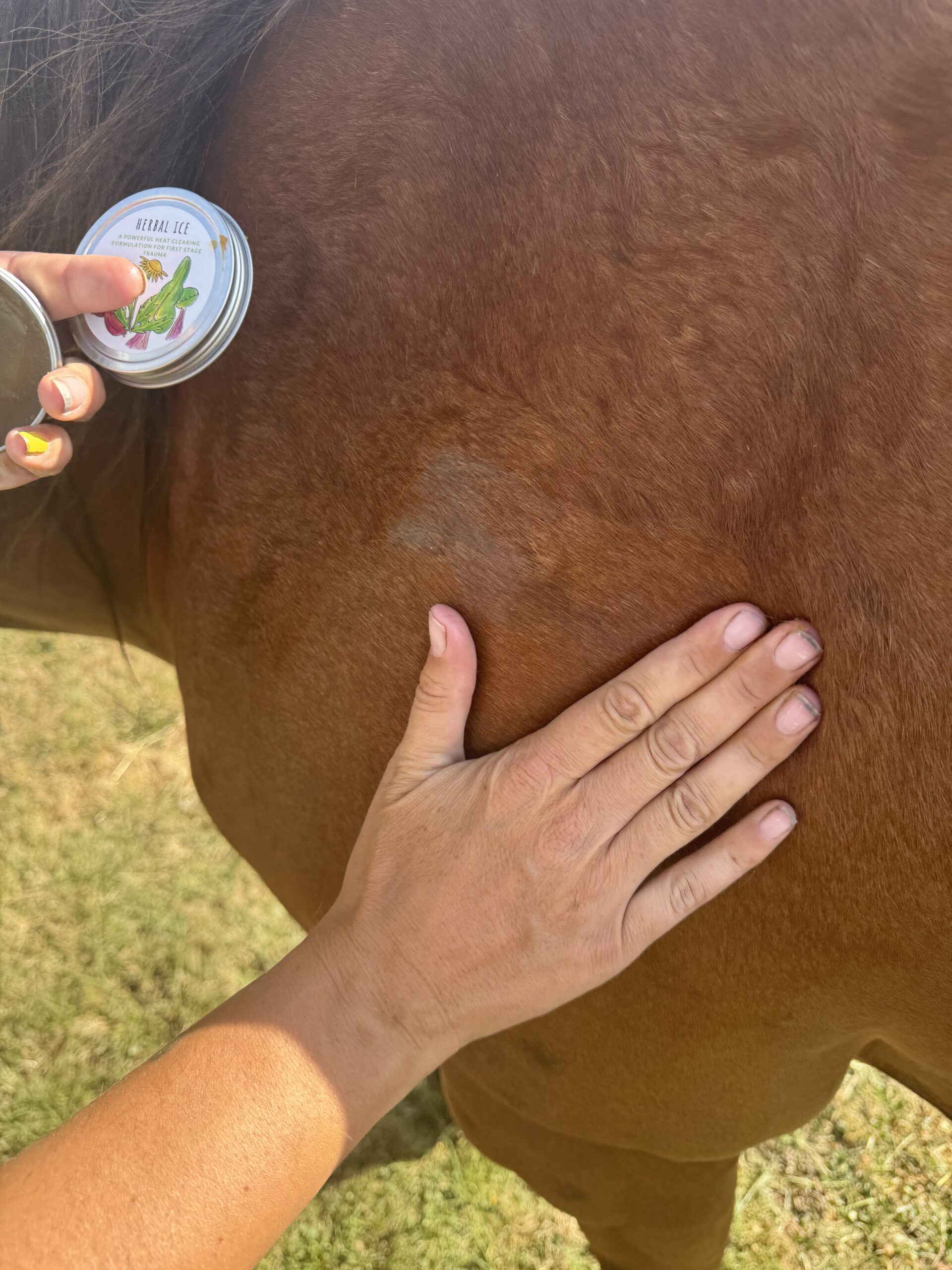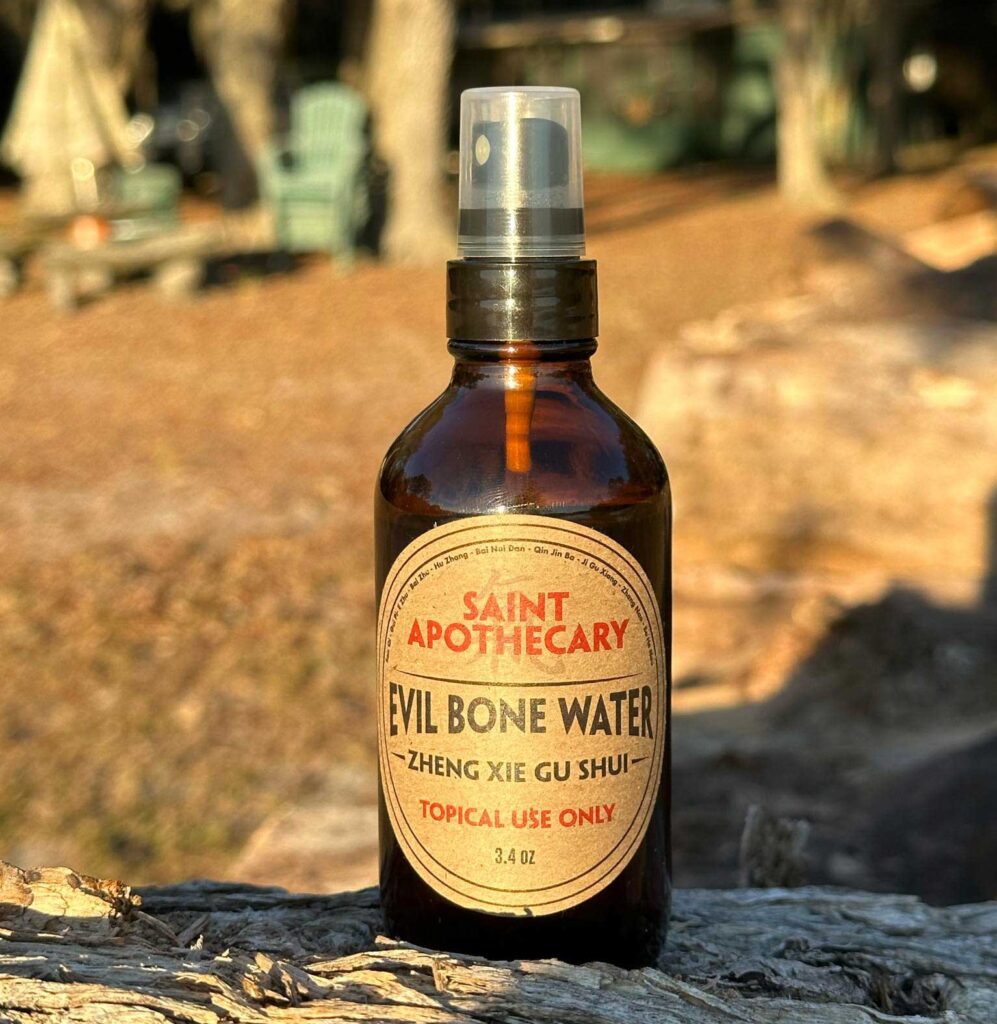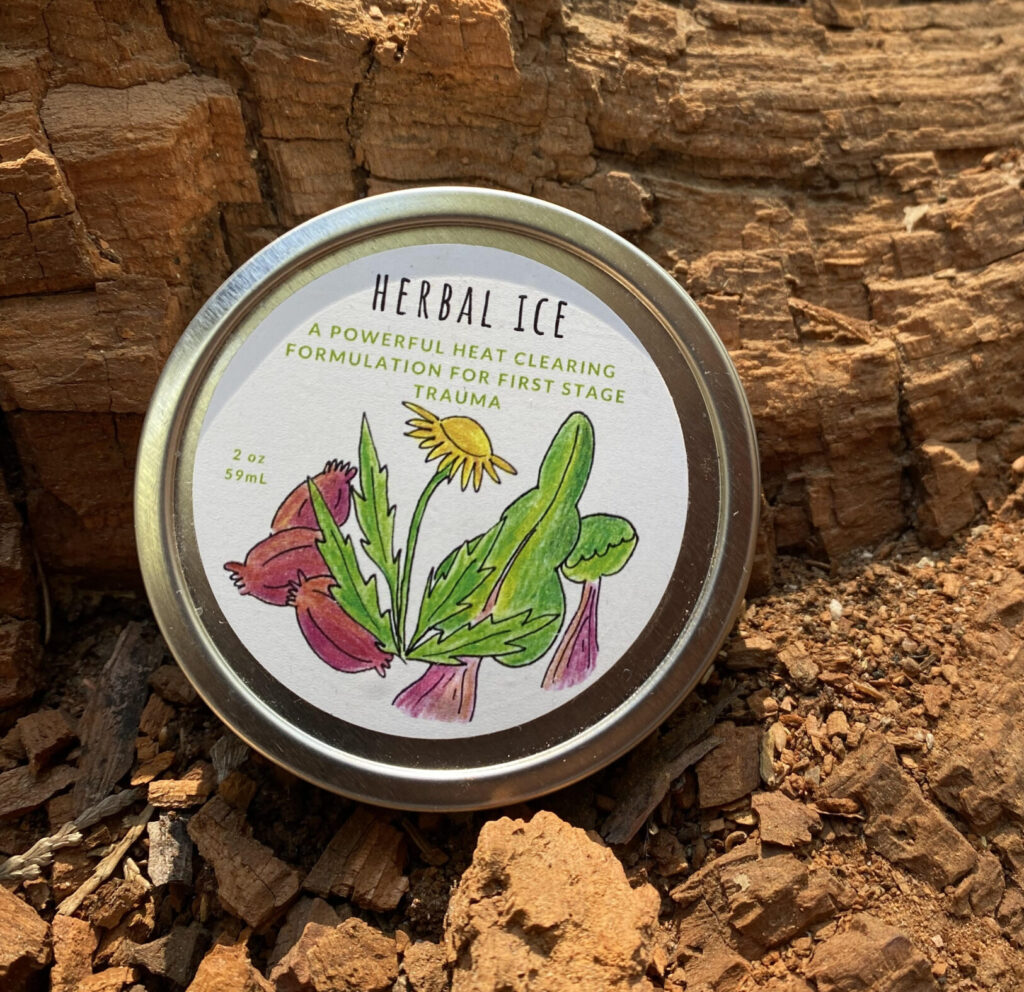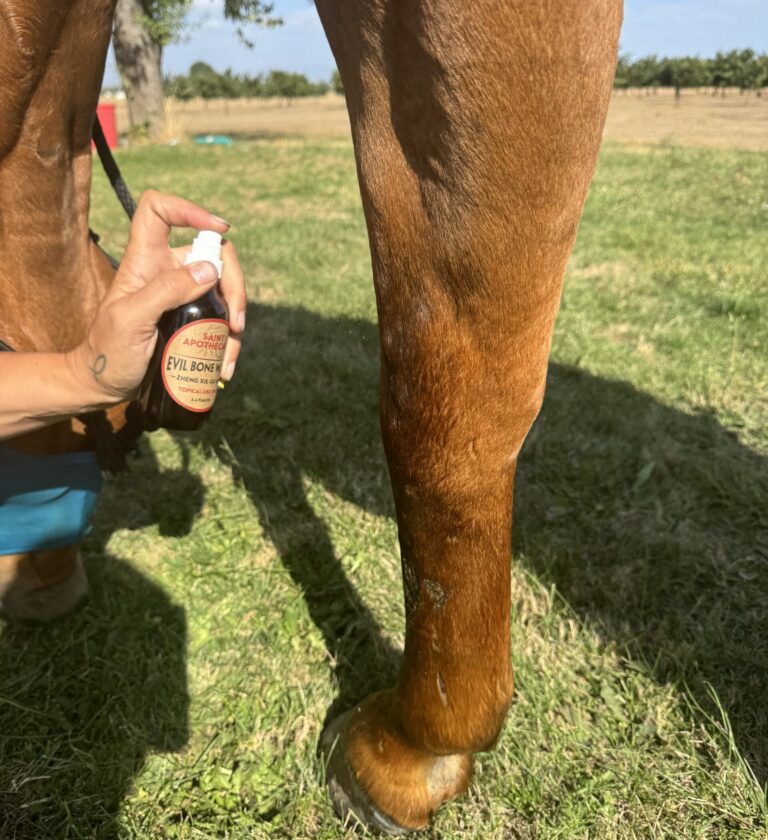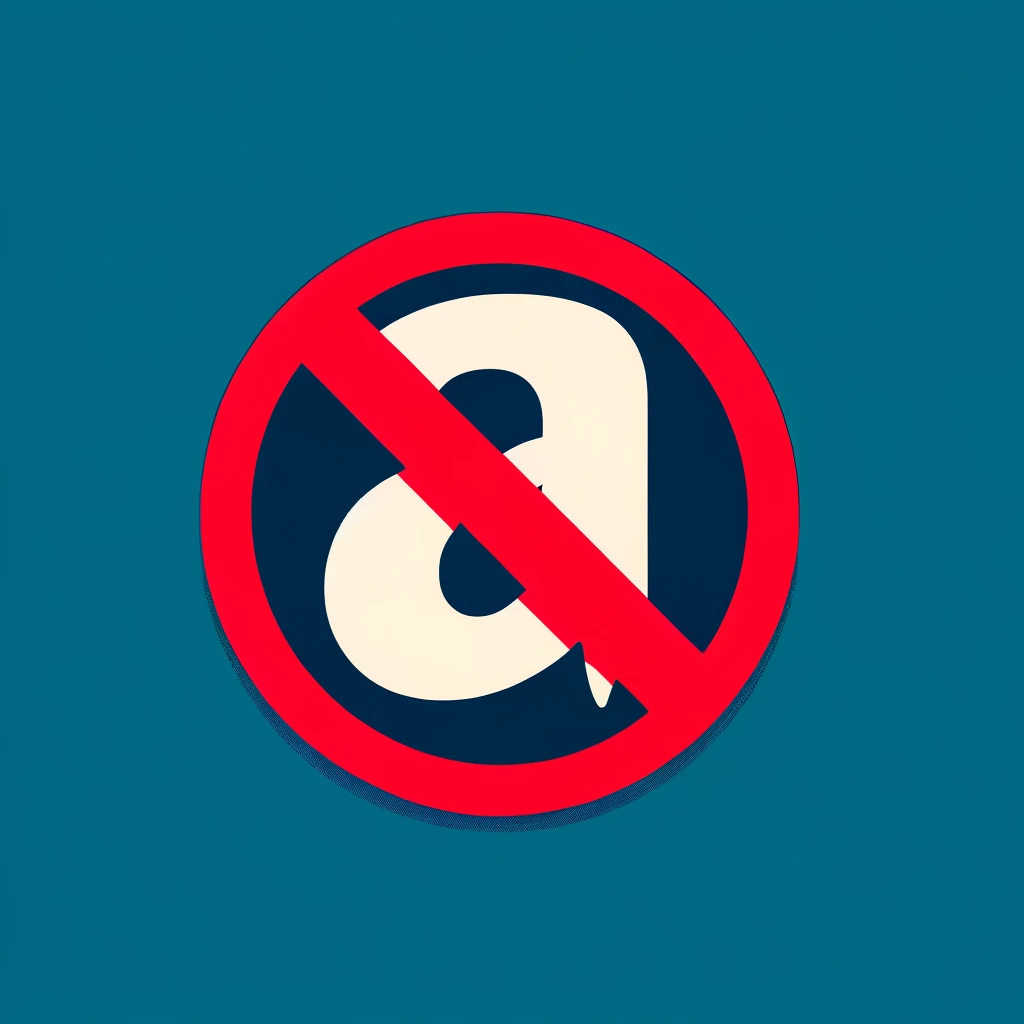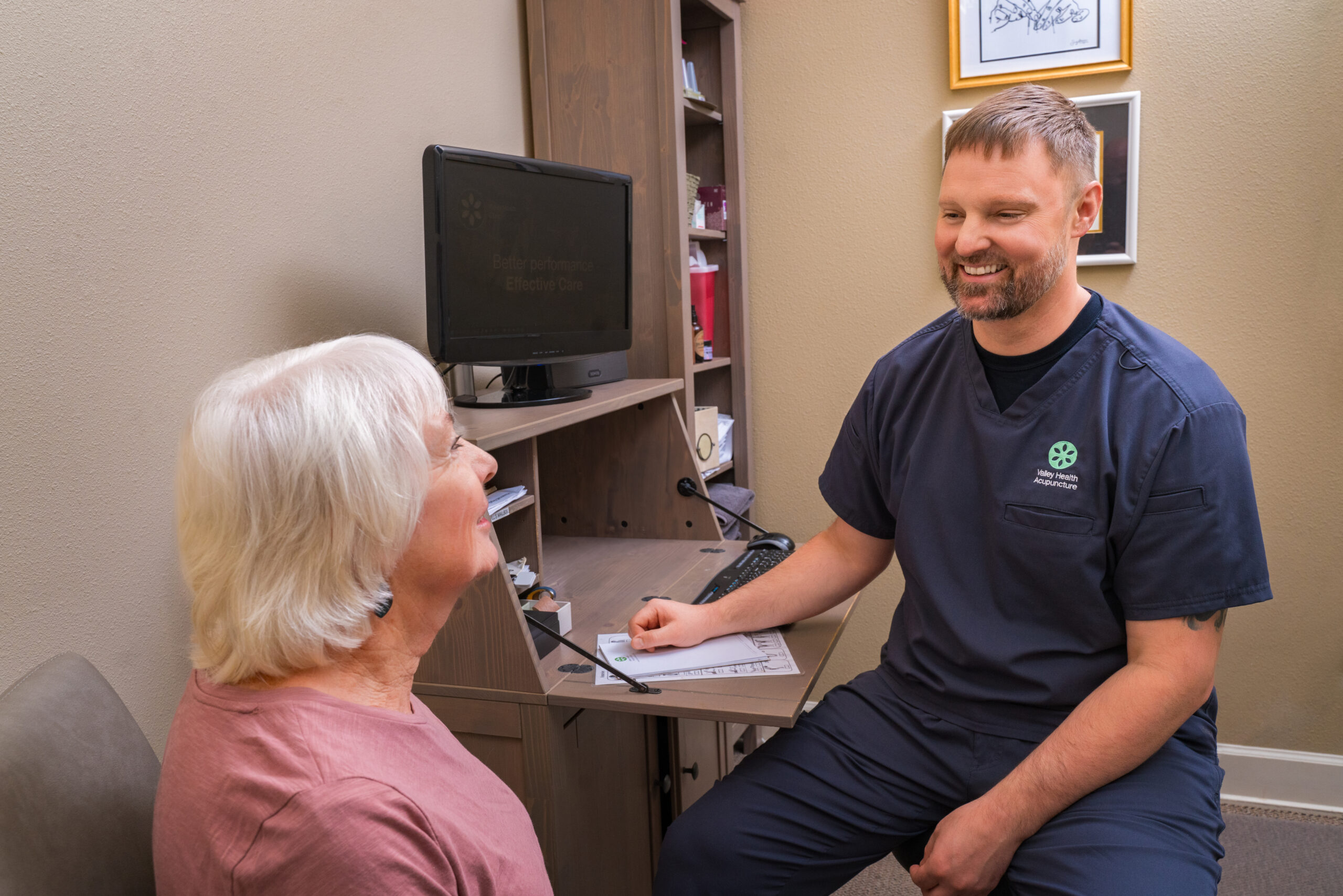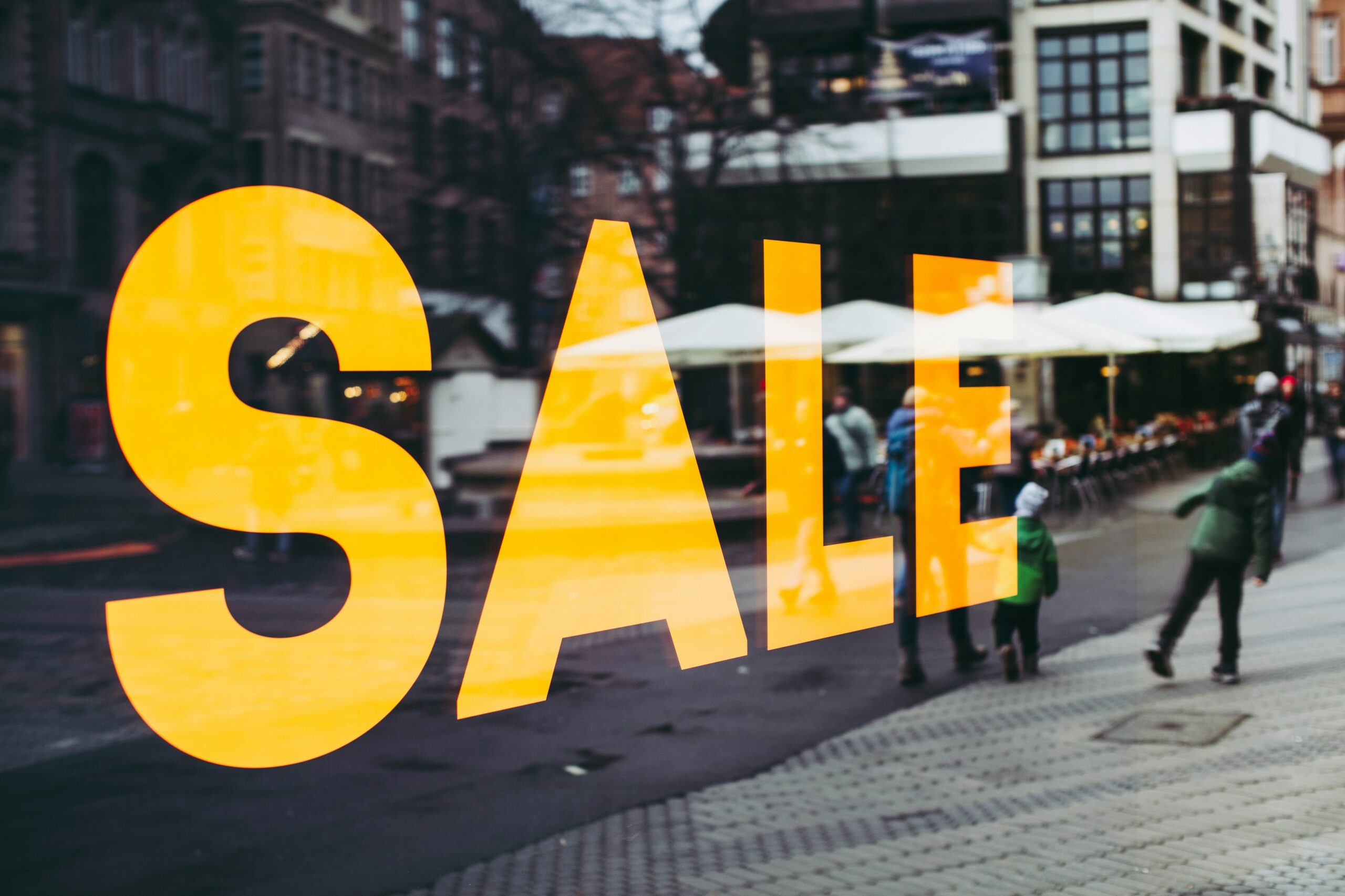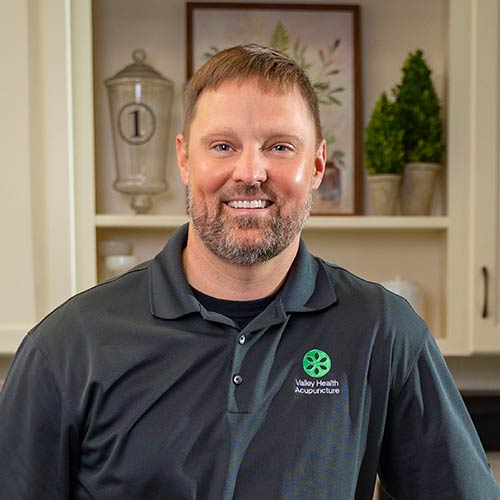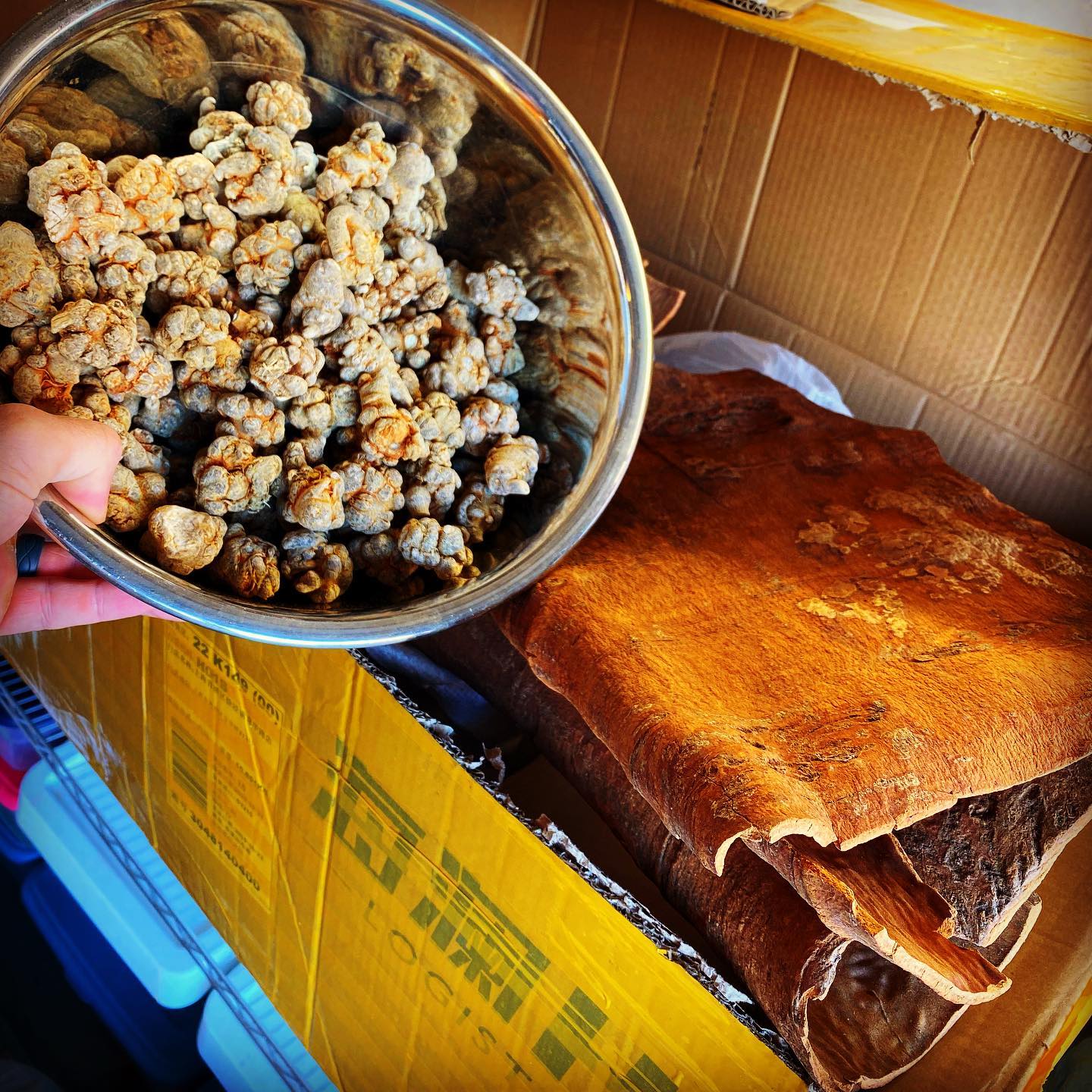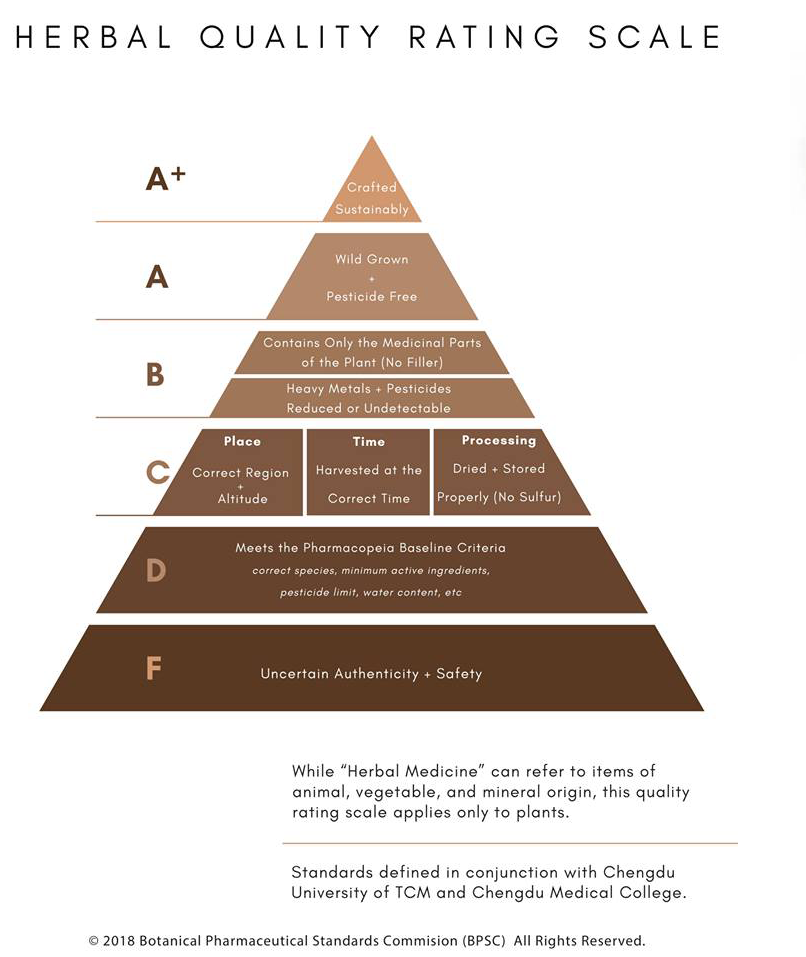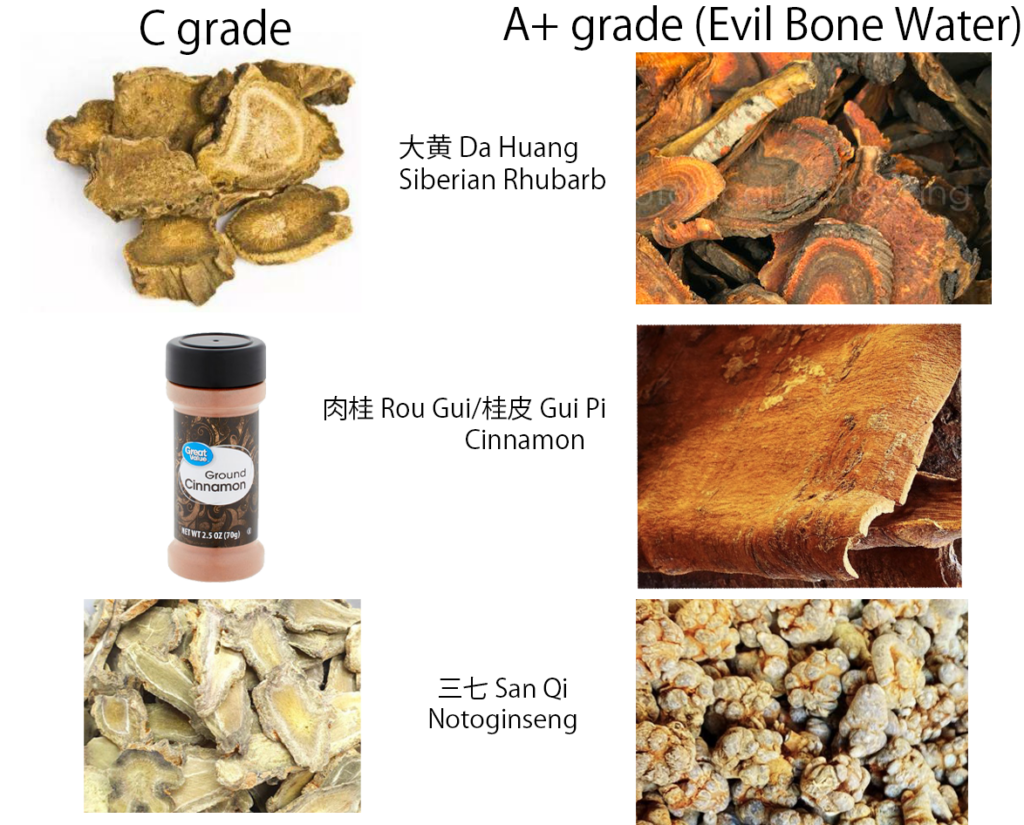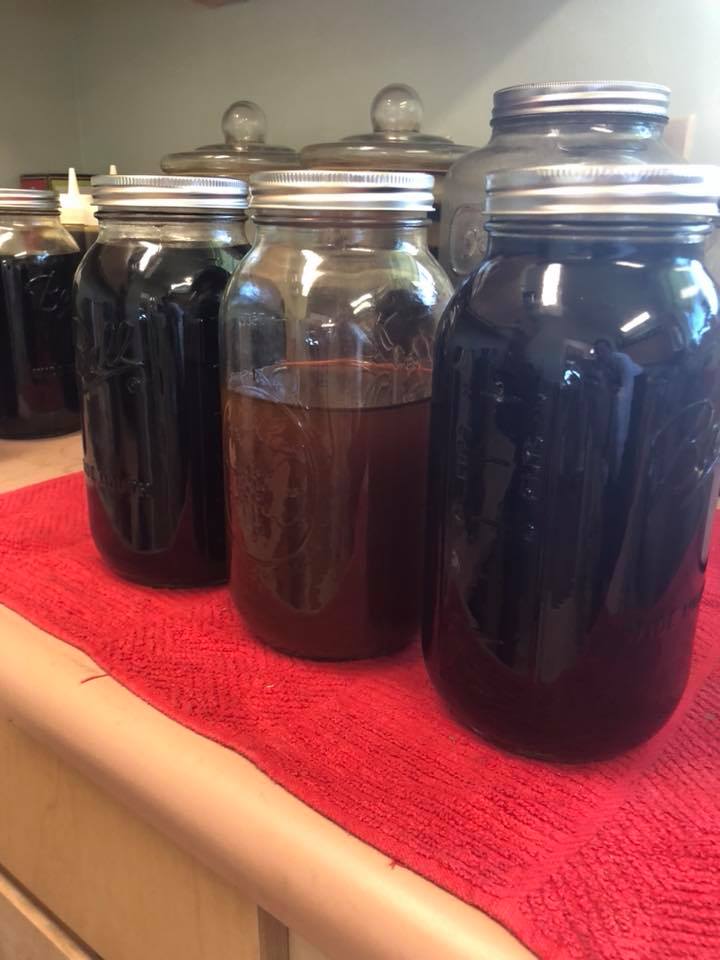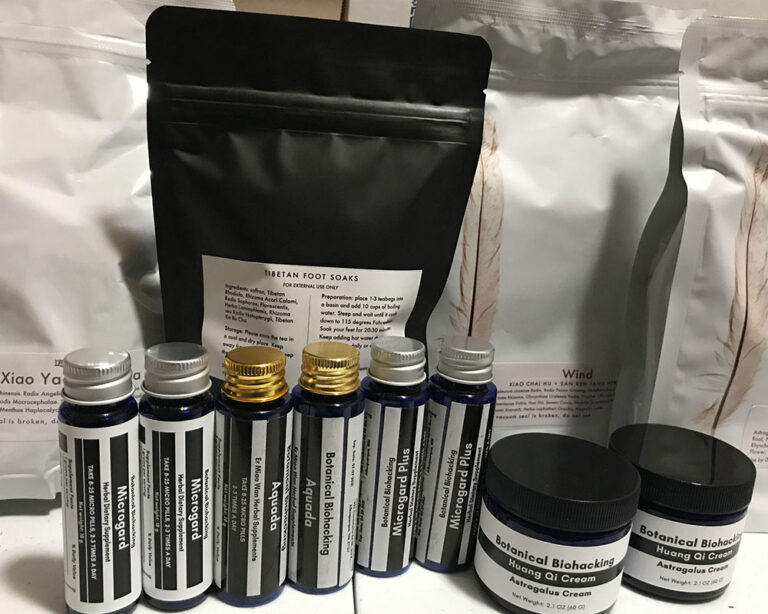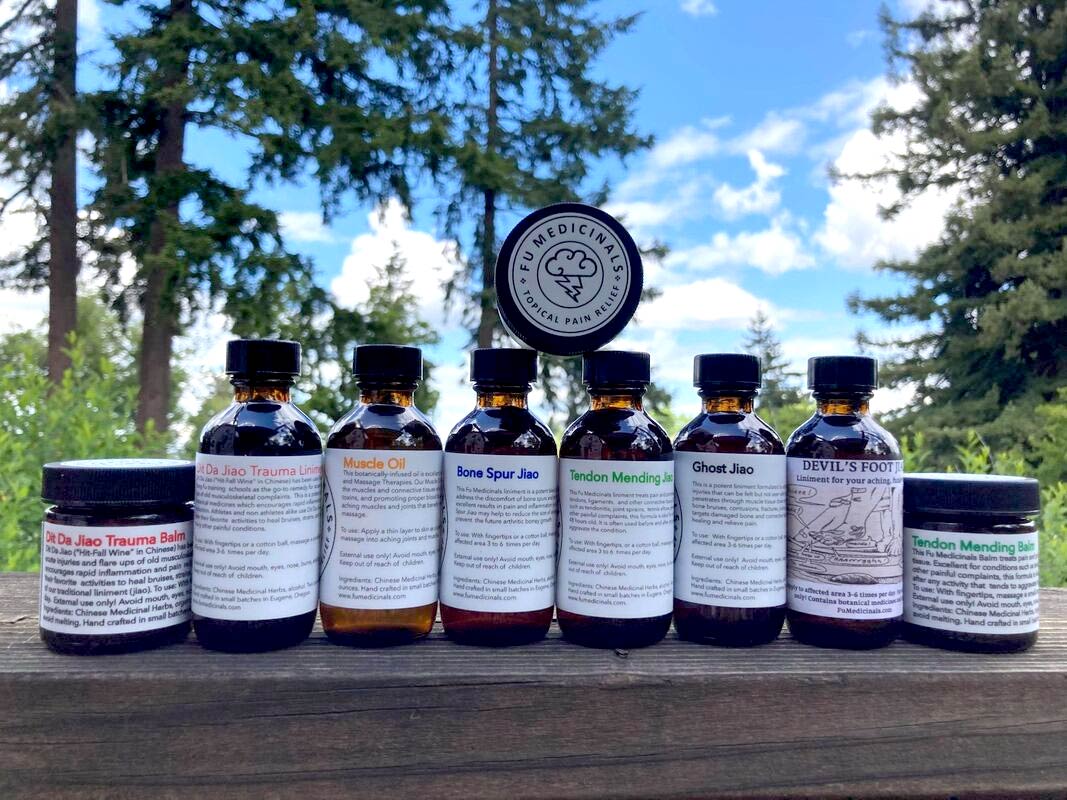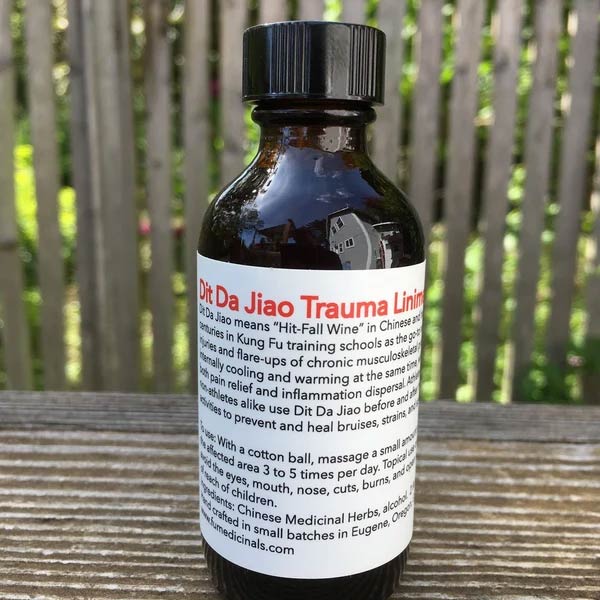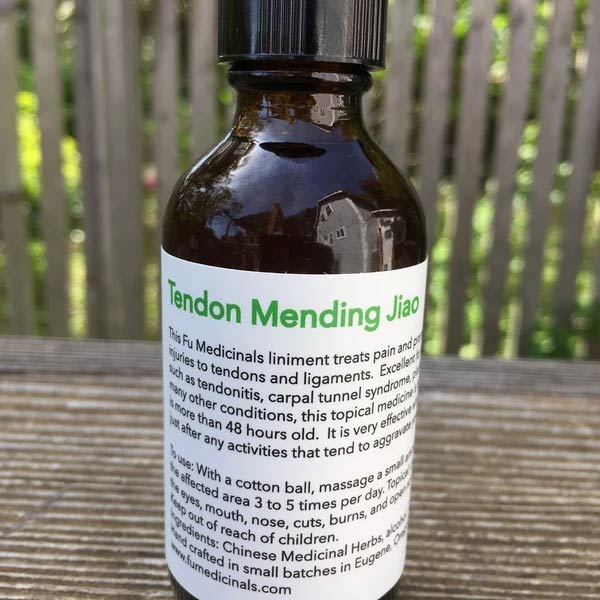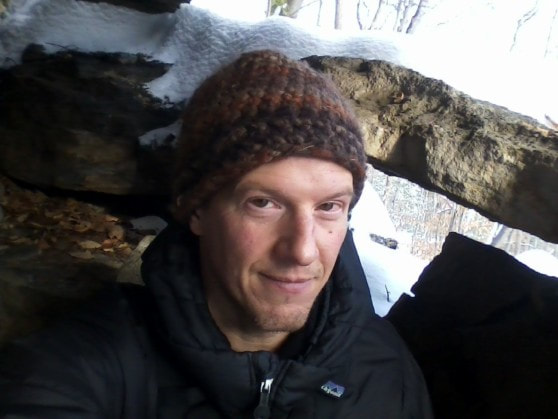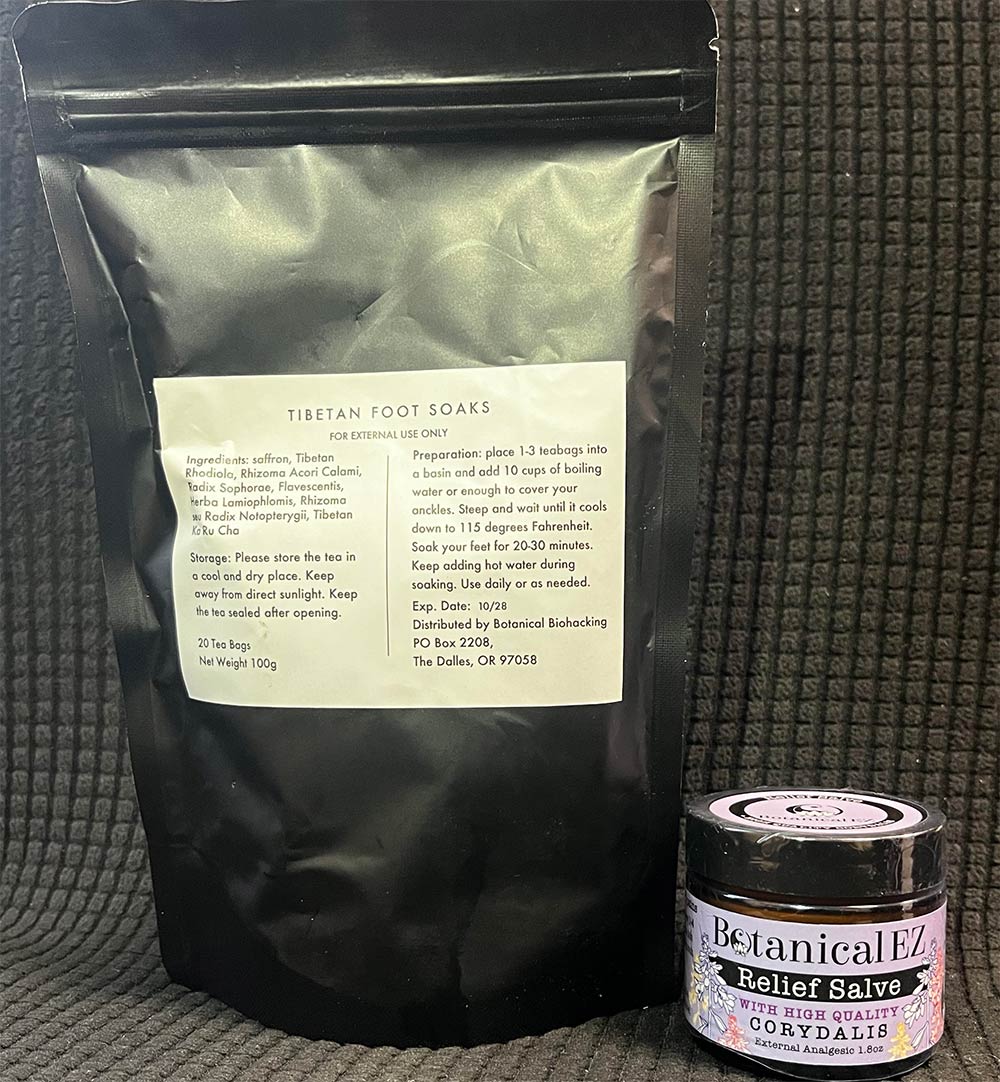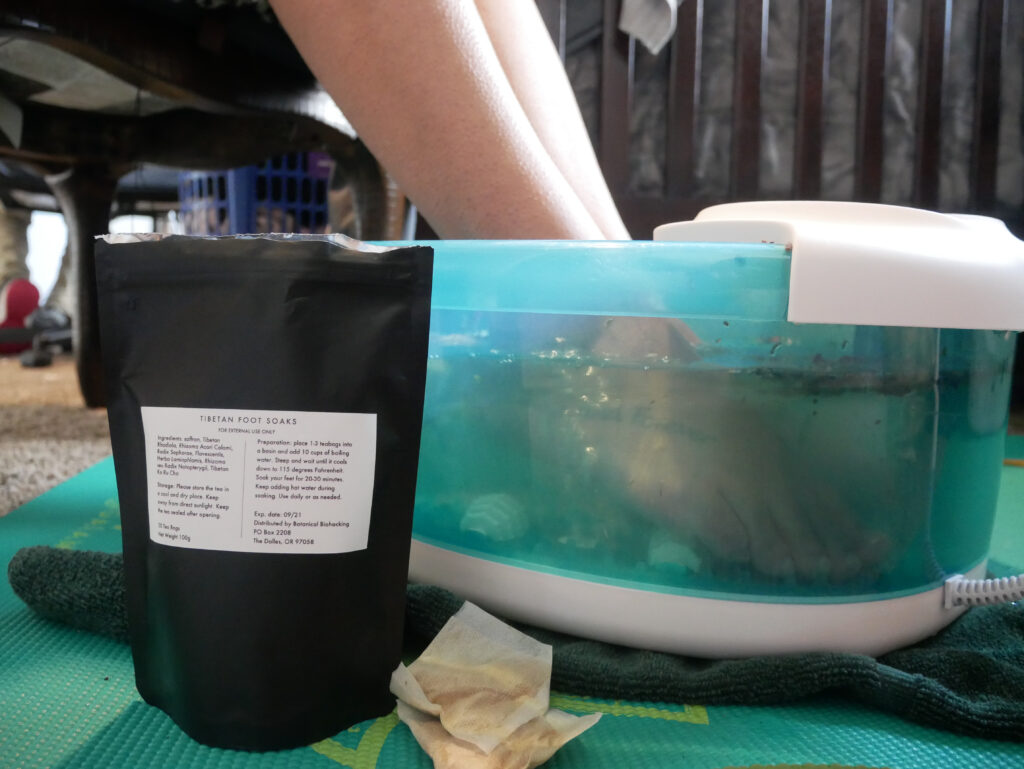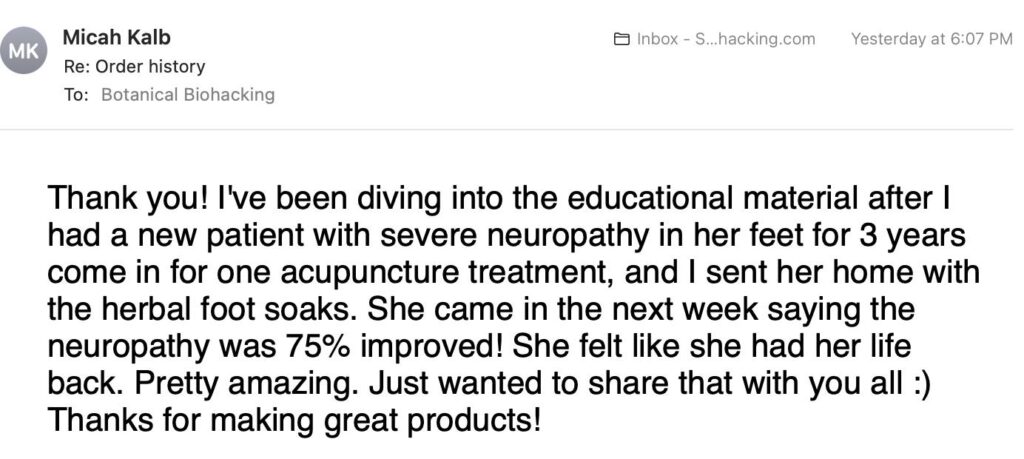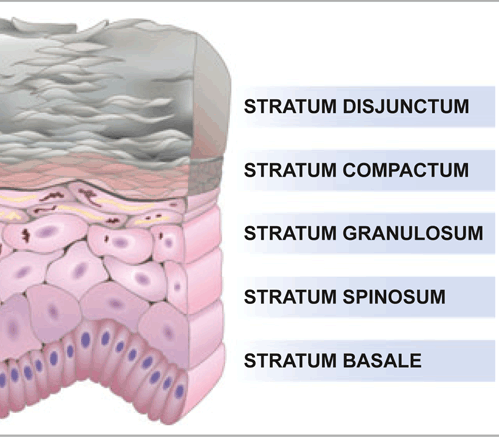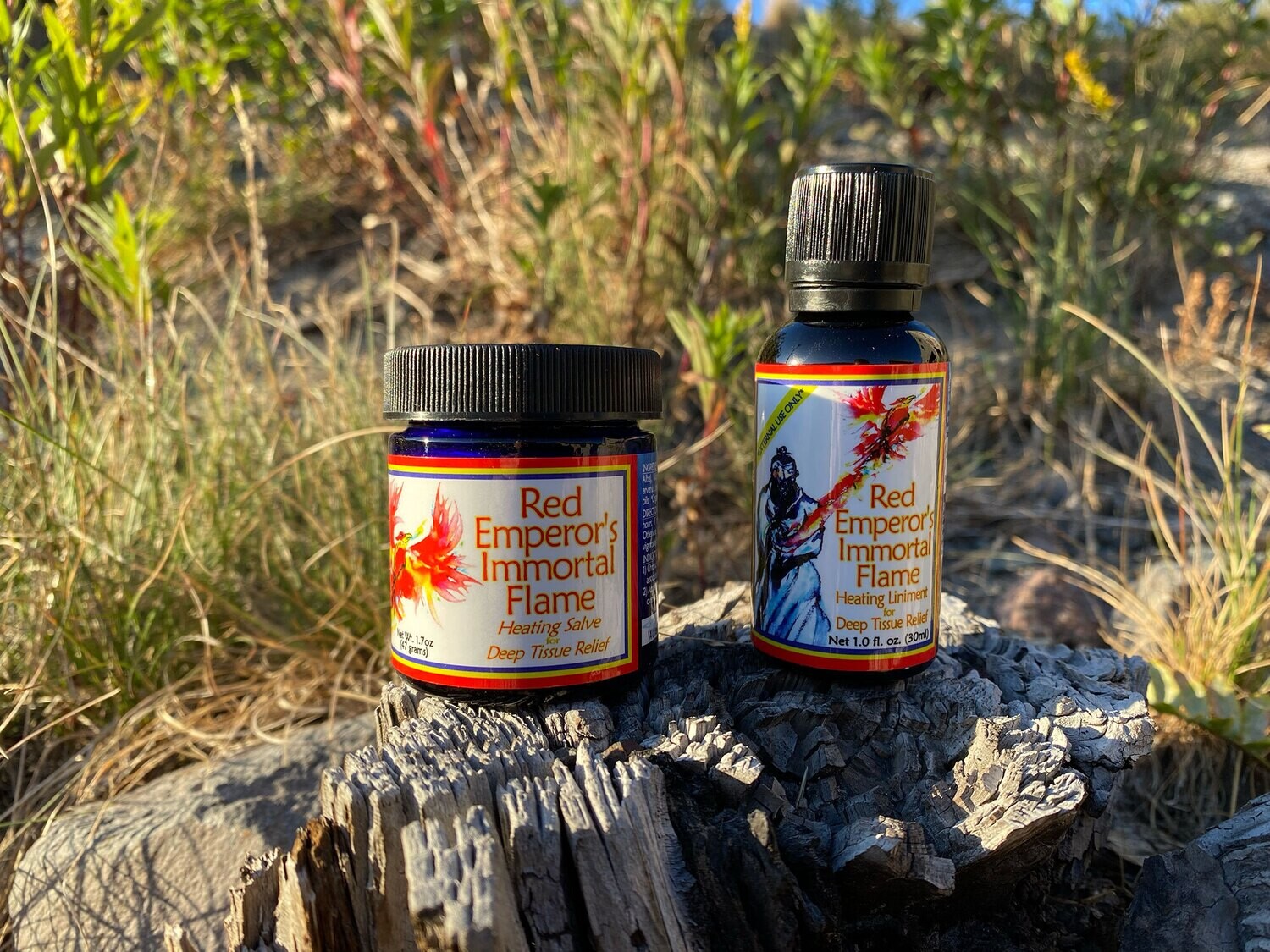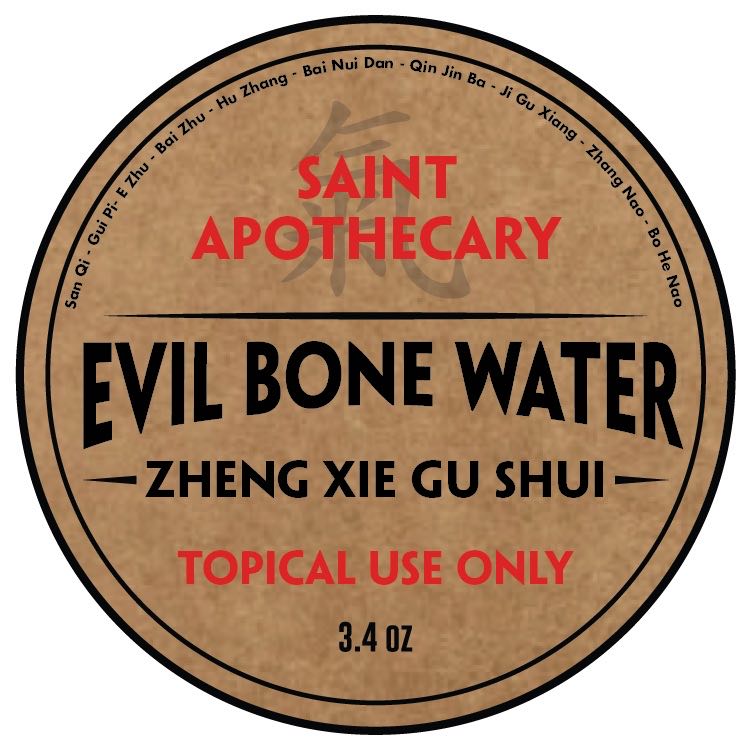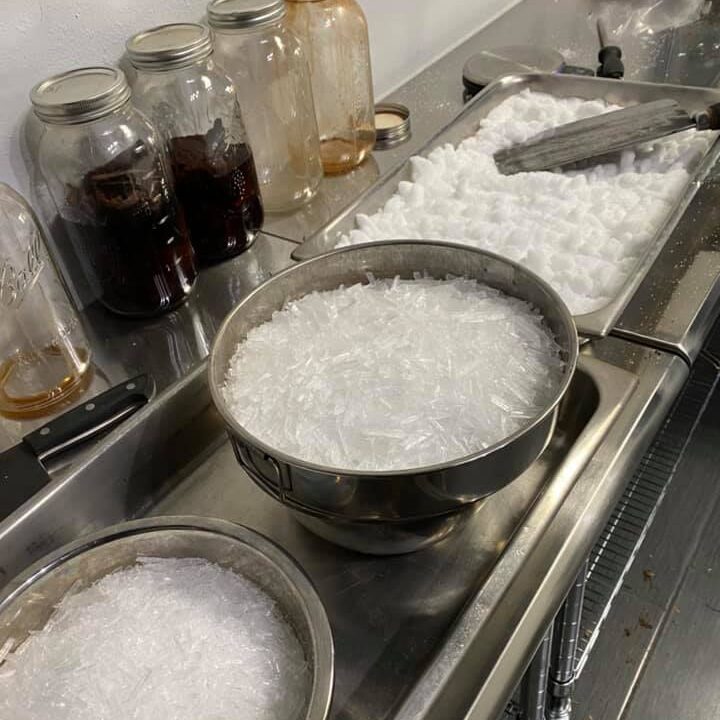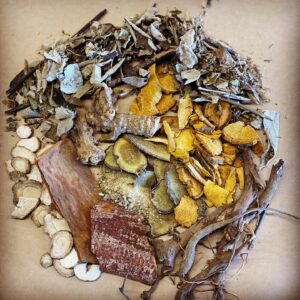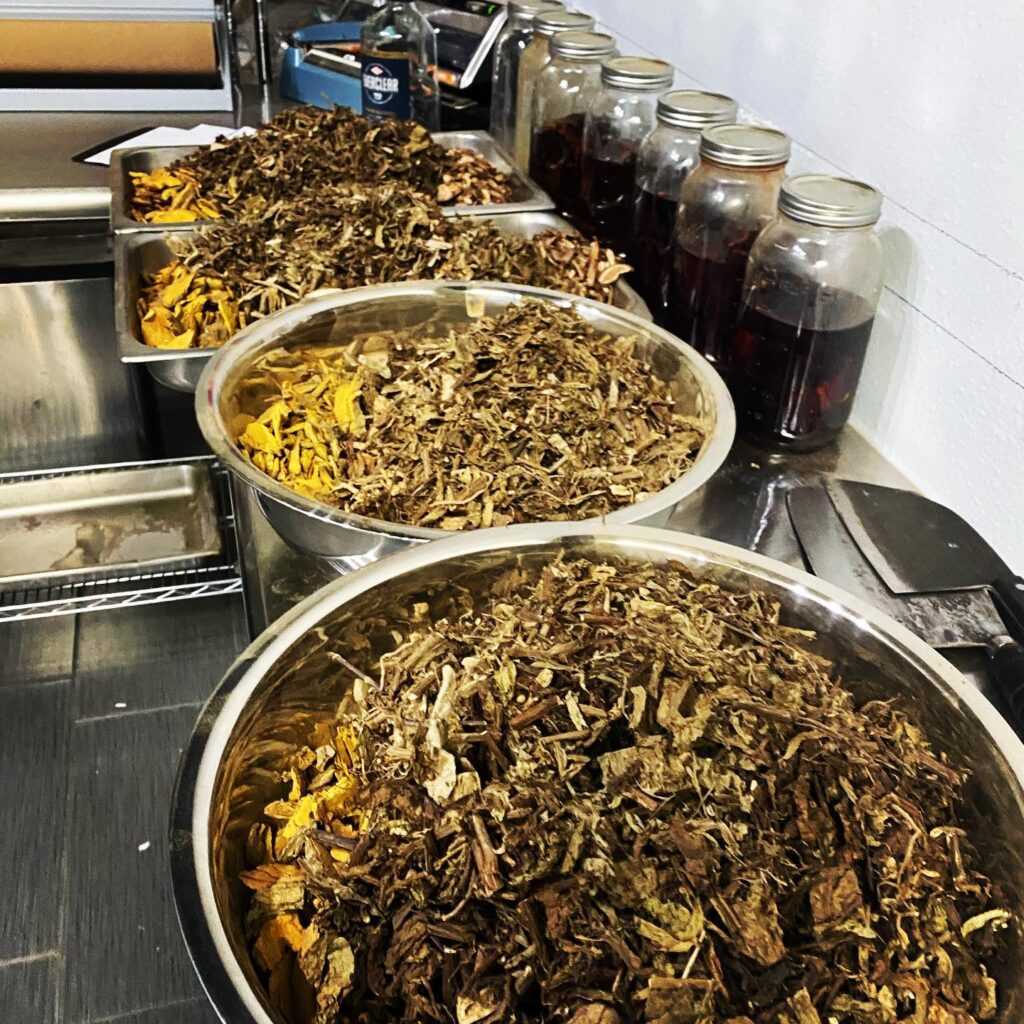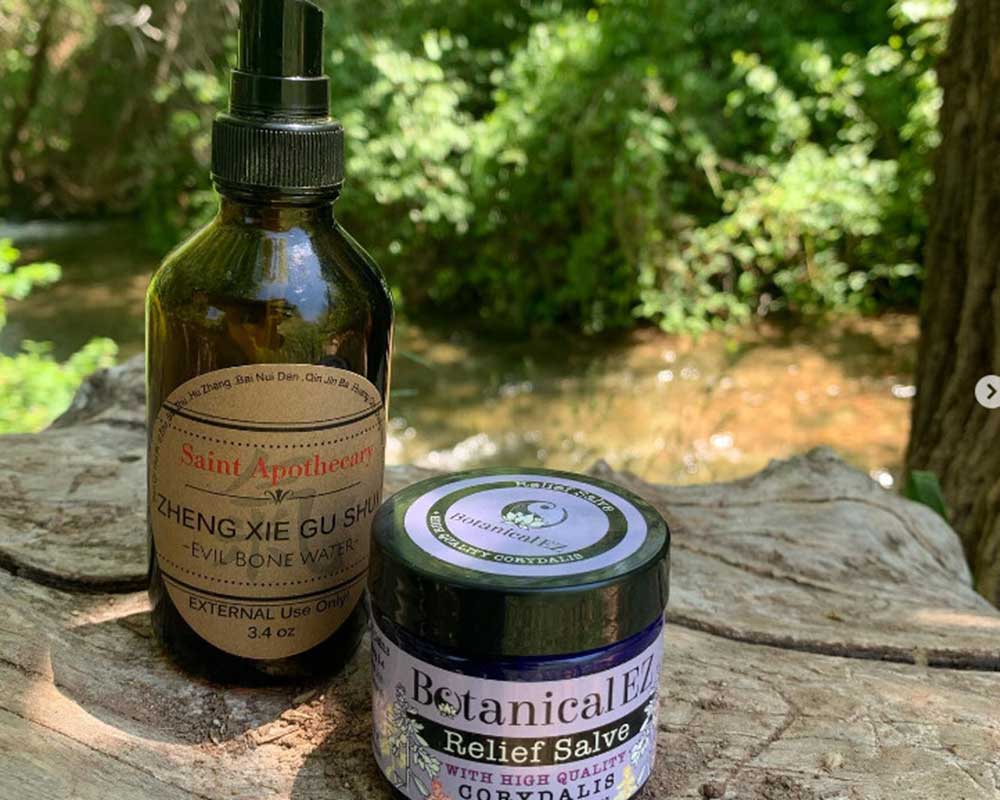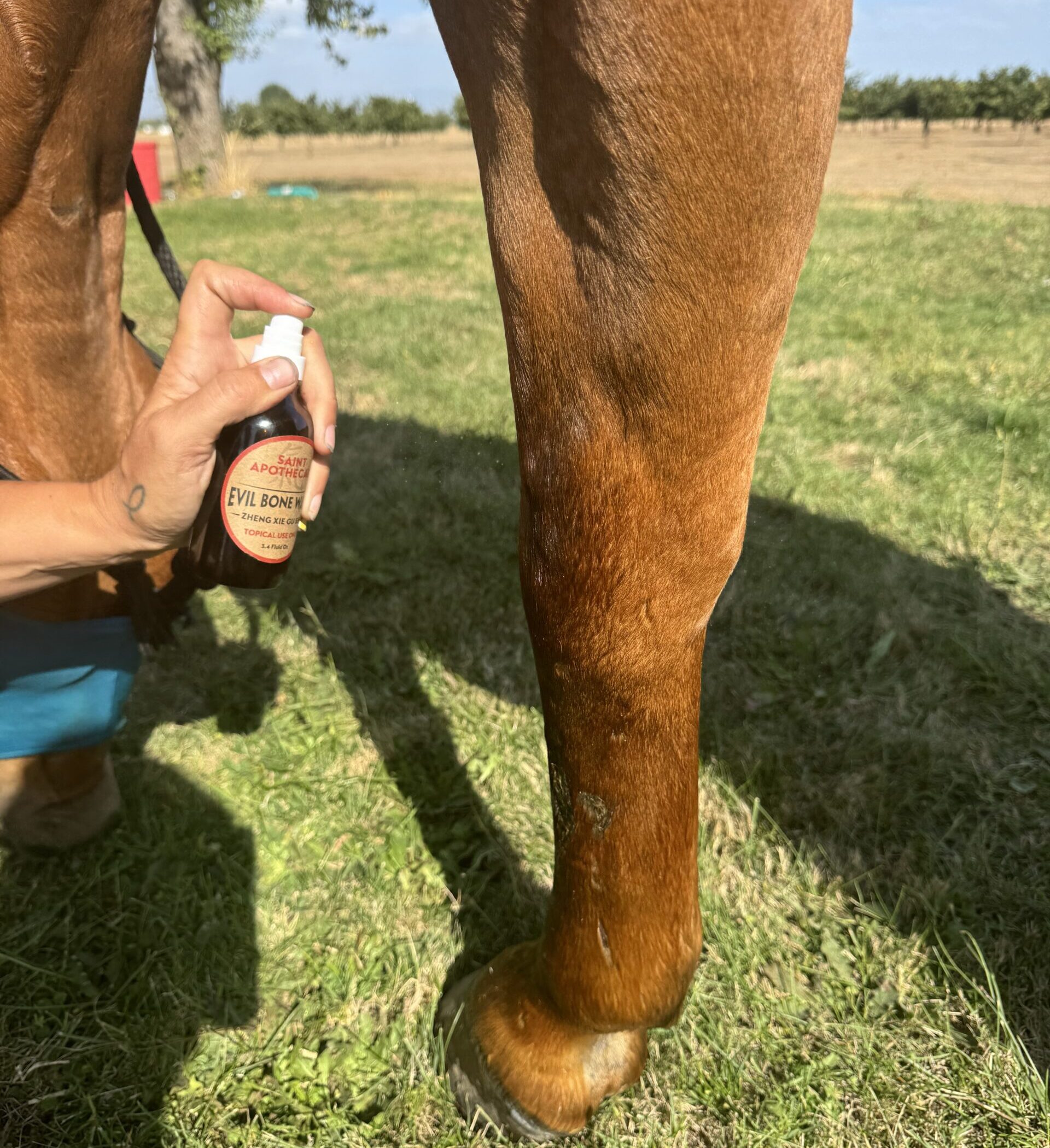
Natural Equine Wound Care
Caring for a horse’s wound can feel overwhelming, especially in the moment of injury. Whether it’s a minor scrape or a more serious wound, proper care and timely intervention are critical for your horse’s recovery. This blog post answers the most frequently asked questions about horse wound care, offering guidance on first aid, effective treatment options, and preventive measures. Understanding how to clean, dress, and manage wounds ensures your horse heals quickly and comfortably.
Stay calm and keep your horse calm. Move them to a dry, clean area if they can walk. If they are too sore to move, keep them still and comfortable. Use a feed bucket to distract them while assessing the injury, and get someone to help hold the horse if possible
Apply direct pressure using a sterile absorbent bandage, like gauze swabs. Avoid cotton wool, as it can stick to the wound. If the bandage soaks through, place a fresh one on top rather than removing the soaked bandage to avoid disturbing blood clots.
- Control Bleeding Apply pressure with a sterile bandage.
- Clean the Wound Use saline solution to gently clean the wound.
- Bandage the Wound Apply a suitable bandage to protect the wound and support healing.
Ensure a clean environment and use proper wound care techniques. Clean the wound thoroughly, apply suitable topical treatments, and change bandages as directed. Monitor for infection signs like redness, swelling, or discharge, and consult your vet if you see these symptoms.
Evil Bone Water and Herbal Ice: The Right Tools
As a horse owner, having the right tools and remedies is essential for effective wound care. Products like Evil Bone Water and Herbal Ice are invaluable additions to your equine first-aid kit.
Herbal Ice
Call your veterinarian if
- Bleeding does not stop with direct pressure.
- The wound penetrates the entire thickness of the skin.
- The wound is near a joint or tendon.
- There is a skin flap or the wound edges gape.
- The wound is contaminated with dirt or foreign objects.
- The horse is severely lame or in pain.
- Muscle, bone, or tendons are visible.
Do not give your horse painkillers before the vet’s assessment, as they can mask the severity of the wound. Also, avoid removing large foreign objects without veterinary guidance
Use saline solution or clean running water to gently clean the wound. Cold hosing helps reduce swelling and remove surface contaminants, but avoid a strong stream that could push debris deeper into the tissue.
Yes, clean, potable tap water can be used for flushing wounds. Studies in human medicine show no significant difference in infection or healing rates between wounds cleaned with tap water versus saline.
Use a three-layer bandage
- Primary Layer Non-stick material like Melonin® or Allevyn® on the wound.
- Secondary Layer Apply padding like cotton wool or gamgee for even pressure.
- Tertiary Layer Use products like Vetrap or Elastoplast to secure the bandage.
Proud flesh is excessive granulation tissue that can prevent wound healing. To prevent it, apply good wound care from the start, including using quality topical creams and proper bandaging. Maintain pressure over the wound to reduce the chance of proud flesh development.
Evil Bone Water
Creams and gels are more effective than sprays or powders. Herbal Ice promotes a moist wound environment, aiding in tissue repair. Evil Bone Water has antibacterial properties that significantly improve healing.
- Topical Antimicrobials Silver sulfadiazine reduces microbial load but has limited effects on healing time.
- Topical Honey Manuka honey speeds early healing but doesn’t affect overall healing time significantly.
Wound debridement involves removing dead or infected tissue to promote healing. It can be done with sharp tools, chemicals, or mechanical methods like scrub pads. Debridement is crucial to prevent infection and support healthy tissue growth.
Mechanical debridement with scrub pads and hydrosurgery are effective for removing contaminated tissue. Chemical debridement may be used but depends on the wound type and severity
Equip Your Equine First Aid Kit
All good tack rooms should have a first-aid or bandage box. This list is quite simple but will enable you to care for most types of wounds.
Here’s our recommendation for its contents:
– Disposable rubber gloves
– Chlorhexidine wash (Hibiscrub®)
– Sterile gauze swabs
– Various sizes of Melonin®
– Roll of cotton wool or gamgee
– A digital thermometer
– Herbal Ice
– Evil Bone Water
Your horse deserves the best care, and natural remedies like Evil Bone Water and Herbal Ice make it easier than ever to provide effective, gentle wound treatment. These products not only reduce pain and inflammation but also support faster healing, ensuring your equine companion stays healthy and active. Take action today by stocking up on these trusted remedies.
About the Author
Willard Sheppy is a writer and healthcare practitioner who seamlessly melds scientific knowledge with practical applications in engaging and authoritative articles. He holds a Bachelor of Science in Environmental Science from Oregon State University and a Master’s in Acupuncture and Oriental Medicine from the distinguished Oregon College of Oriental Medicine.
In his work, Willard skillfully combines his extensive educational background in scientific research with his practical experience as a healthcare practitioner. Willard balances his life with martial arts and cherished family adventures. As a father of three, he often leads his family on camping and hiking trips along the breathtaking Oregon coast.
Connect with Willard on LinkedIn at linkedin.com/in/valleyhealthclinic or learn more about his services at valleyhealthclinic.com. Embark on this journey towards holistic health with Willard!

